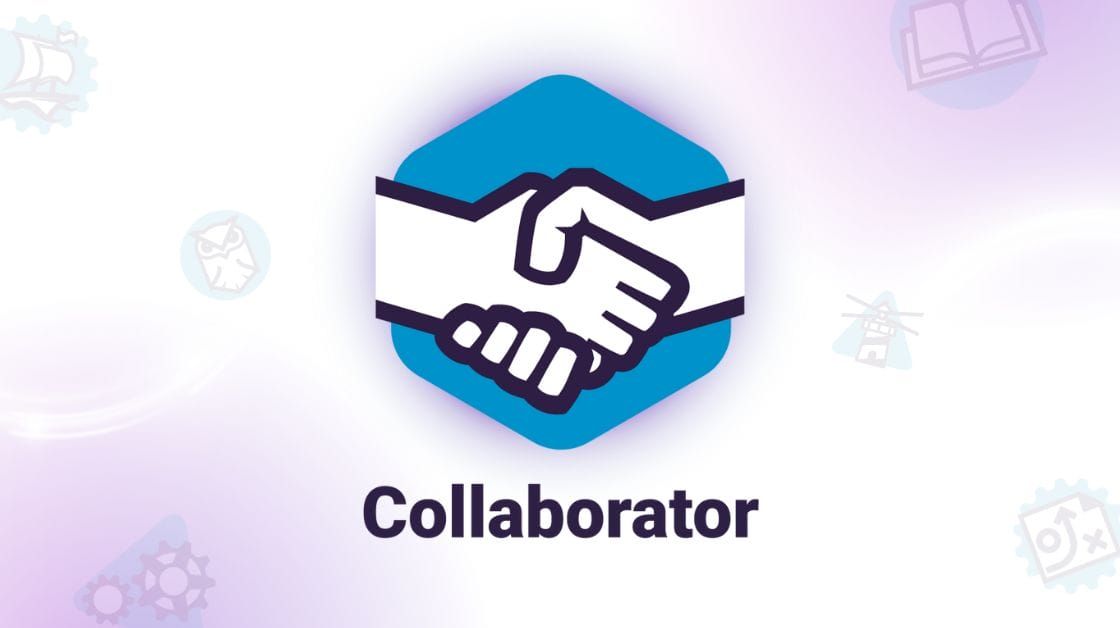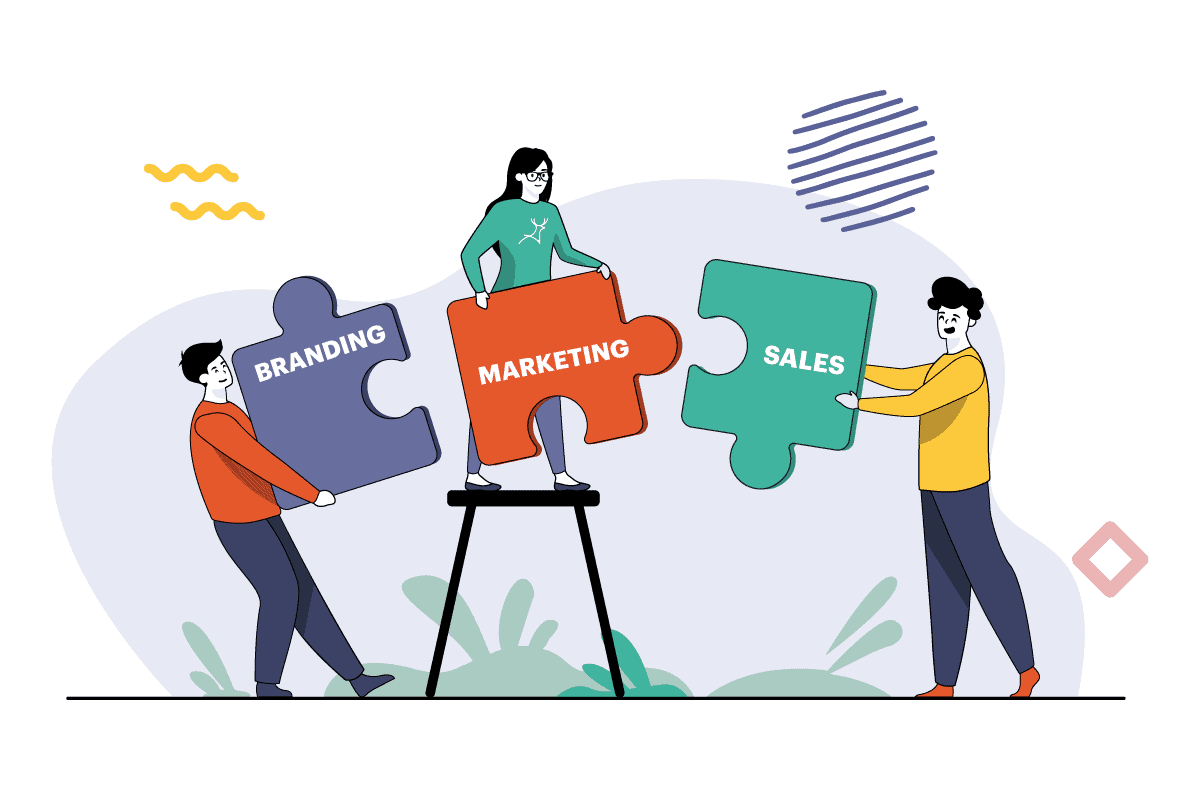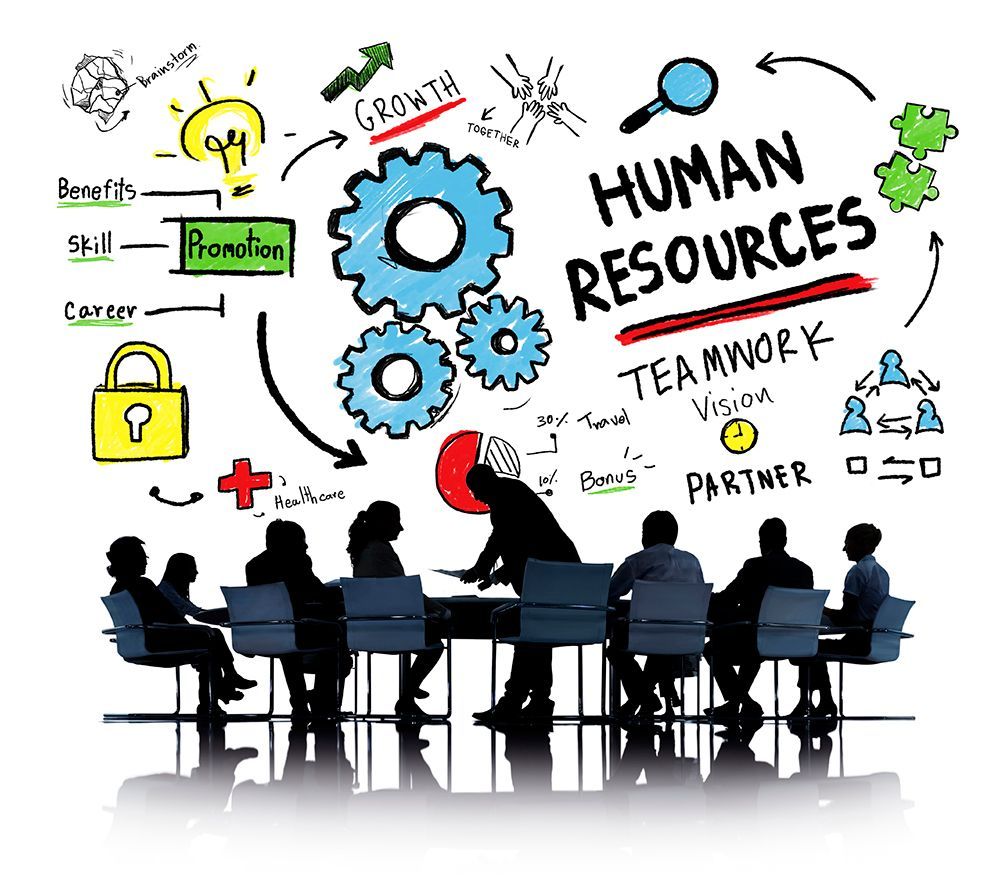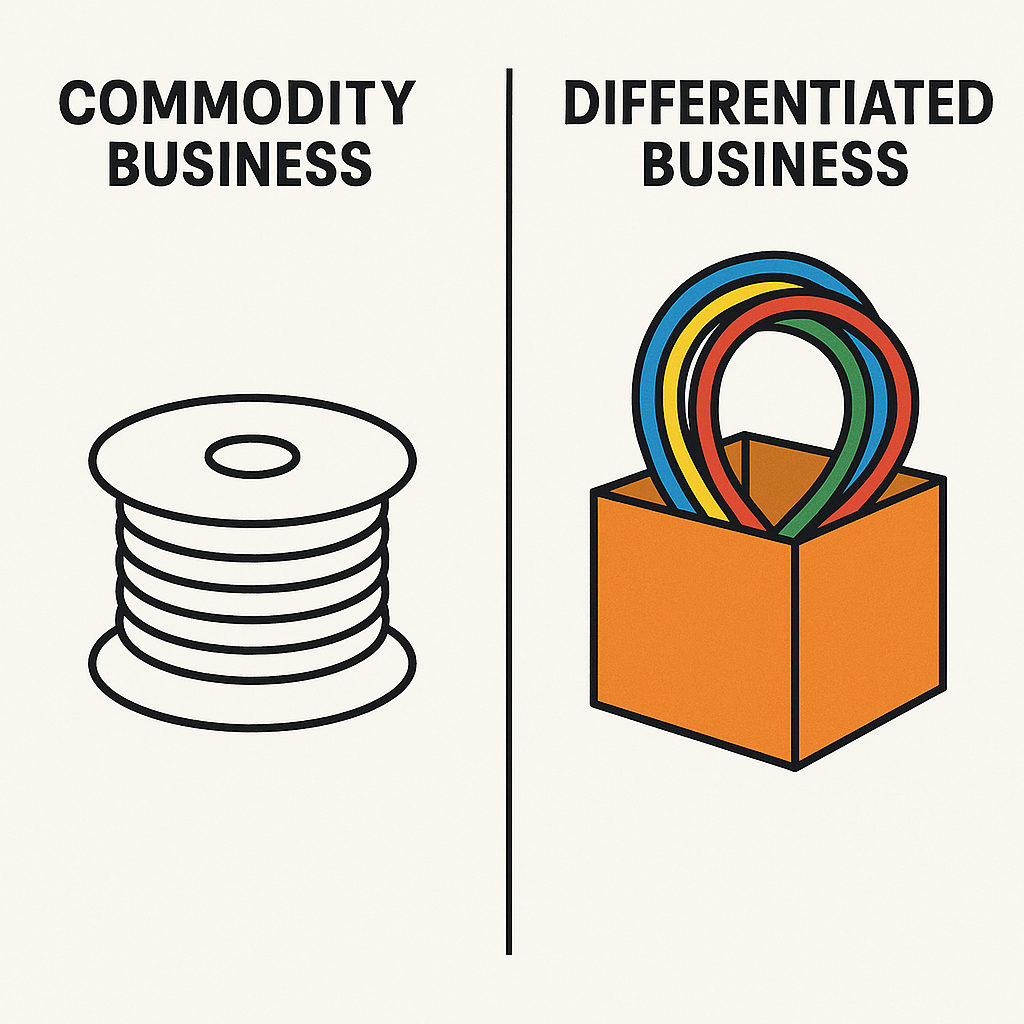The Top Leadership Development Programs: 2025 List (8 Minute Read)
We analyzed 47 leadership development programs serving CEOs and executive teams, evaluating them against measurable criteria for business impact and long-term outcomes.
When you’re responsible for leading a company or developing executive talent, you need programs that deliver measurable results rather than theoretical concepts. We examined programs based on their ability to drive actual business outcomes, provide accountability structures and enable long-term leadership transformation.
Our analysis shows that the most effective leadership development programs combine expert facilitation and peer learning with structured accountability systems.
Below are the top 8 programs that consistently produce results for leaders and organizations.
Ranking Criteria
We evaluated leadership development programs using 5 critical factors that determine real-world effectiveness:
Business Impact Measurement (30%): Programs must demonstrate quantifiable improvements in business performance, revenue growth and decision-making quality through member outcomes and third-party validation.
Peer Learning Quality (20%): The caliber and relevance of fellow participants directly impact learning quality. Programs with carefully vetted, revenue-matched peers provide more valuable insights and networking.
Expert Facilitation (20%): Professional guidance from experienced practitioners with real P&L responsibility creates better outcomes than peer-led or academic-only approaches.
Accountability Systems (15%): Effective programs include structured goal-setting, progress tracking and follow-through mechanisms that ensure participants implement what they learn rather than just consume information.
Sustained Engagement Model (15%): Long-term development requires ongoing interaction rather than one-time events. Programs that offer continuous support and foster relationship-building produce lasting transformation.
Top Leadership Development Programs for 2025
Top Leadership Development Programs – Descriptions & Reviews
1. Vistage
Vistage provides monthly peer advisory groups for CEOs of $5M+ companies, combining professional executive coaching (Chair) facilitation with structured accountability systems. Members work through real business challenges using proven frameworks while building sustained relationships with non-competing peers.
For those seeking to expand leadership development to their C-level teams and beyond, Vistage offers tailored programs for every level of leadership in an organization: the Key Executive Program for the CEO’s direct reports, the Advancing Leader Program for experienced managers and team leads, and the Emerging
Leader Program for high potentials and rising stars.
• Business Impact Measurement: Vistage members have a history of growing 2.2x faster than non-members and sustaining their businesses 4x longer than average companies. Member companies report consistent improvements in revenue growth, decision velocity and operational efficiency.
• Accountability Systems: Monthly progress reviews with both peer groups and individual Chair coaching create multiple layers of accountability. Members set specific business goals and track measurable outcomes.
• Peer Learning Quality: Groups include 12-16 CEOs from non-competing companies generating $5M+ in revenue, ensuring relevant operational complexity and strategic insight exchange.
• Expert Facilitation: Accomplished Chairs with 15+ years of P&L responsibility guide sessions using proven issue-processing methodologies developed over 65 years.
Summary of Online Reviews
Sustained Engagement Model: Monthly full-day meetings, combined with individual coaching sessions, foster ongoing relationships that deepen over time, rather than ending after Vistage members report “doubled the annual revenue to $22 million” and “business has grown significantly — up 30%.” Members consistently cite strategic guidance: “they recommended acquisition as my best option… within 3 months, I acquired a company” with measurable accountability driving results.
2. Stanford Executive Program
Stanford’s Executive Program provides intensive leadership education through case studies and strategic frameworks, complemented by networking with global executives. The program focuses on building critical thinking capabilities for senior leaders.
Business Impact Measurement: Participants report improved strategic thinking and expanded professional networks, though quantifiable business outcomes vary significantly across participants.
Accountability Systems: Limited to program duration with some alumni networking opportunities, but lacks ongoing accountability structures for implementation.
Peer Learning Quality: Attracts high-caliber international executives and entrepreneurs, creating valuable networking opportunities with diverse global perspectives.
Expert Facilitation: World-class Stanford faculty with strong academic credentials and consulting experience to guide curriculum delivery.
Sustained Engagement Model: Intensive residential format with GSB Alumni Status after program completion, but limited ongoing structured support.
Summary of Online Reviews
Stanford Executive Program participants call it “the best program in the world” and report “SEP gave me brilliant knowledge to transform our organization, while establishing a worldwide network of connections.” Participants describe how “it widened the realm of what’s possible” for career transformation.
3. Harvard Business School Executive Education
Harvard’s Executive Education programs utilize a case-study methodology and draw on world-renowned faculty to develop strategic leadership capabilities. Programs range from short courses to extended leadership development tracks.
Business Impact Measurement: Strong brand recognition and networking value, with participants reporting enhanced strategic perspective and career advancement opportunities.
Accountability Systems: Program-specific assignments and peer feedback during sessions, but minimal post-program accountability structures.
Peer Learning Quality: Attracts senior executives from Fortune 500 companies and international organizations, creating high-value peer connections.
Expert Facilitation: Harvard faculty bring academic excellence and consulting experience, although they may have limited hands-on operational leadership experience.
Sustained Engagement Model: Intensive program format with alumni access but relies primarily on individual initiative for ongoing development.
Summary of Online Reviews
Harvard Business School participants report “the program was instrumental in helping me secure my new position as CEO” and describe the experience as “completely life changing. It’s changed how I look at the world.” Participants note building confidence at “this incredible institution.”
4. Center for Creative Leadership
The Center for Creative Leadership specializes in behavioral leadership development, combining assessments and feedback with experiential learning. Programs focus on self-awareness and interpersonal effectiveness.
Business Impact Measurement: Strong focus on leadership behavior change with documented improvements in 360-degree feedback scores and team effectiveness measures.
Accountability Systems: Includes action planning and some follow-up coaching, with structured feedback processes throughout program participation.
Peer Learning Quality: Mixed participant backgrounds from various industries and company sizes, providing diverse perspectives but varying relevance.
Expert Facilitation: Specialized leadership development facilitators with behavioral psychology backgrounds and practical coaching experience.
Sustained Engagement Model: Multi-month programs with coaching support and some ongoing development resources for continued growth.
Summary of Online Reviews
Center for Creative Leadership participants describe “nothing short of transformative” experiences that provide “insights into how my personality traits drove my behaviors and the impact those had on other people.” Members value the “dynamic environment” for leadership exploration and strategic development.
5. Dale Carnegie Leadership Training
Dale Carnegie offers practical leadership skills training through workshops focused on communication and interpersonal effectiveness, building team leadership. Programs emphasize confidence-building and relationship management.
Business Impact Measurement: Participants report improved communication skills and team relationships, with some documentation of productivity improvements.
Accountability Systems: Workshop assignments and peer practice sessions provide accountability during program participation with limited post-training follow-up.
Peer Learning Quality: Open enrollment attracts leaders from various backgrounds and company sizes, creating networking opportunities with mixed strategic relevance.
Expert Facilitation: Trained facilitators utilize a proven curriculum that emphasizes practical skill development and confidence-building.
Sustained Engagement Model: Multi-session workshop format with some ongoing reinforcement materials and practice opportunities.
Summary of Online Reviews
Dale Carnegie participants report “my self-confidence is sky high” and immediate career advancement: “halfway through this course, I was promoted to Director, and now I manage 100+ people.” Graduates gain hiring advantages with “full-time position” offers over internships.
6. Franklin Covey Leadership
Franklin Covey offers leadership development based on Stephen Covey’s principles, emphasizing personal effectiveness, trust-building, and organizational culture transformation.
Business Impact Measurement: Organizations report improvements in employee engagement and culture metrics, with some productivity gains documented.
Accountability Systems: Includes planning tools and some follow-up support, though implementation depends heavily on organizational commitment.
Peer Learning Quality: Corporate-sponsored participants from client organizations, creating internal networking but limited external peer learning.
Expert Facilitation: Certified facilitators trained in Franklin Covey methodology with a focus on principle-based leadership development.
Sustained Engagement Model: Multi-day workshops with organizational implementation support and ongoing resource access.
Summary of Online Reviews
Franklin Covey participants describe profound impact: “This session has changed me inside out,” and professional improvements, including “I have grown in the organisation, improved my organising skills.” Participants note “Franklin Covey programs have been an eye opener” for cross-functional communication enhancement.
7. Korn Ferry Leadership Development
Korn Ferry combines leadership assessment with development programs, leveraging their executive search expertise to create leadership profiles and development plans.
Business Impact Measurement: An assessment-driven approach provides a measurable baseline and progress tracking, with some correlation to improvements in leadership effectiveness.
Accountability Systems: Assessment follow-up and coaching support provide some accountability, though it varies by program design and organizational commitment.
Peer Learning Quality: Program participants are typically from client organizations, creating valuable internal networking with limited external peer exposure.
Expert Facilitation: Korn Ferry consultants bring executive search perspective and assessment expertise to leadership development programs.
Sustained Engagement Model: Assessment-based approach with coaching support, though ongoing engagement depends on organizational program design.
Summary of Online Reviews
Korn Ferry participants call it “simply the most important development experience in my long professional life” and report “life-changing experience” that “completely shifted my thinking about myself as a leader.” Members value getting “what I really needed” through assessment-driven insights.
8. Gallup Leadership Development Programs
Gallup offers strengths-based leadership development programs that utilize assessment tools to pinpoint individual strengths within teams and organizations. Their programs combine the CliftonStrengths assessment with workshops and coaching designed to enhance leadership effectiveness and employee engagement.
Business Impact Measurement: Organizations using Gallup programs report measurable improvements in employee engagement metrics, though business impact varies significantly based on implementation quality and organizational follow-through.
Accountability Systems: Assessment-based approach with structured follow-up sessions and coaching support, though long-term accountability depends heavily on organizational commitment and internal champions.
Peer Learning Quality: Programs primarily focus on internal team development within client organizations, offering limited opportunities for external peer learning or cross-industry insights.
Expert Facilitation: Gallup-certified facilitators deliver a standardized curriculum based on CliftonStrengths methodology, with training in assessment interpretation and organizational development principles.
Sustained Engagement Model: Programs range from one-time assessments to multi-month engagements with coaching support, though ongoing development typically requires additional organizational investment and program renewals.
Summary of Online Reviews
Gallup program participants comment that “it’s the best investment someone could make” and that the “time invested in the sessions was always worth it.” One member noted that the experience “really allowed me as a manager to use my team in a more sophisticated way.”
Specialized Leadership Development Categories
Best Leadership Programs for Executive Teams
These are the best programs for CEOs in executive development programs who want to offer leadership development training to their teams.
Rank Program
#1 Vistage Leadership Development Programs
#2 Harvard Advanced Management Program
#3 Wharton Advanced Management Program
#4 Stanford Executive Leadership Development
Best Leadership Programs for Local Networking
These programs are ideal for individuals seeking local networking opportunities and referral groups that prioritize connections with local business owners.
Rank Program
#1 Business Network International (BNI)
#2 Local Chamber of Commerce CEO Forums
#3 YPO Regional Chapters
#4 Vistage Small Business Program
Best Leadership Programs for Emerging Leaders
These programs are ideal for CEOs and small business owners at the beginning stages of their leadership journey.
Rank Program
#1 Vistage Small Business Program
#2 Center for Creative Leadership: Emerging Leaders
#3 Franklin Covey Emerging Leaders
#4 Dale Carnegie Emerging Leader Institute
Why CEOs Choose Vistage for Leadership Development
If you’re evaluating leadership development programs for yourself or your executive team, you need more than classroom learning. You need practical support that drives business results through real-world application.
For Your Development
You get monthly sessions with CEOs facing similar challenges, guided by a Chair who’s walked in your shoes. Instead of theoretical frameworks, you work through actual decisions affecting your business using proven methodologies.
For Your Executive Team
Your leadership team members gain access to specialized programs designed around the operational challenges they face daily. They learn from peers managing similar responsibilities while developing skills that directly impact their business performance.
Measurable ROI
Unlike programs that end after a few weeks, Vistage creates sustained accountability that ensures implementation. Members consistently report faster decision-making, improved strategic clarity and stronger business performance.
Local Impact with Global Resources
You work with leaders in your market who understand your business environment while accessing insights from 45,000 members across 40 countries when specialized expertise is needed.
The investment in leadership development pays dividends when it’s structured for real-world application rather than academic theory. Vistage provides the accountability, peer insight and expert guidance that transforms how you lead and how your business performs.

Visit our website: www.compassleadershipadvisors.com
Follow us for more information on LinkedIn
Got a question? Email us











Share On: